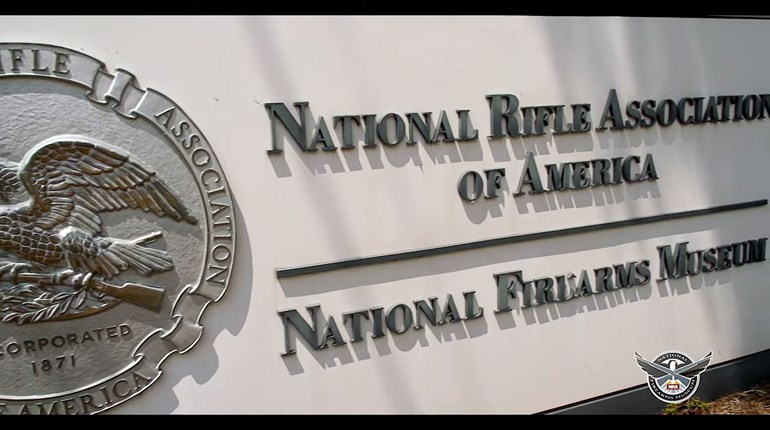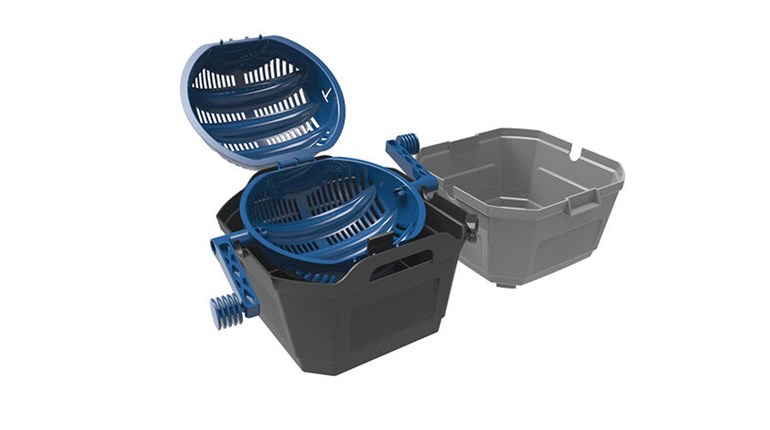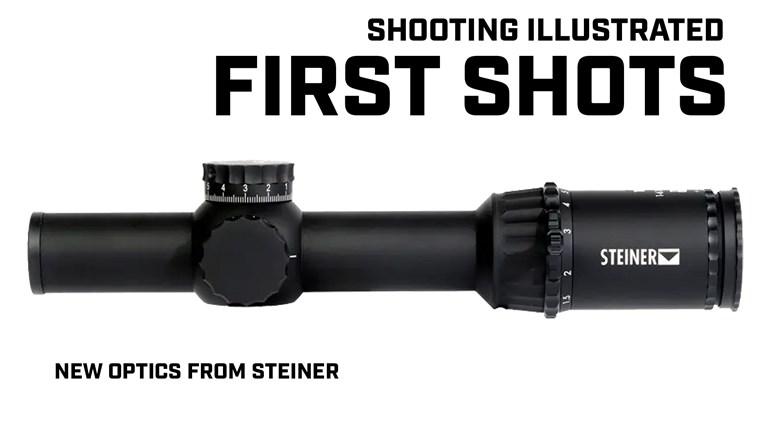
The year was 1989. Two seminal events in my life took place that year. The first was that I accepted a part-time job at the NRA Headquarters Museum in Washington, DC. The second was that “Lawrence of Arabia,” David Lean’s classic 1962 film, had been painstakingly restored and re-released in theaters.
It was a film I just had to see on the big screen, and DC’s Uptown Theater was the perfect venue, with a 70x40-foot screen upon which to see this epic. The curtains drew back and the film began. There he was in vivid color, larger than life—Peter O’Toole as T.E. Lawrence, astride a camel in traditional Arab garb set against an endless, golden desert. He leveled a Webley MK VI revolver at an unseen enemy, the camera zoomed in on the revolver and I was immediately smitten. My love for that film and that revolver have remained undiminished ever since.
The Webley MK VI has become the iconic revolver of the British and Commonwealth military forces of the 20th century. With hundreds of thousands of them produced between 1915 and 1923, it appears in nearly every film that has had a British soldier in the story line.
The MK VI service revolver was the last in a long line of .455-caliber revolvers adopted by the British, beginning in 1887 with the MK I. Issued to Other Ranks and specialty troops, it was also sold commercially to officers, who still had to purchase their own firearms. Used throughout the Wars of Empire, the various Webley Marks (MKs) saw service in every corner of the British Empire for more than 60 years.
The Webley MK VI revolver replaced the MK V in 1915 and sported changes that included a longer barrel (6 inches) and a squared-off grip that was a departure from the classic “bird’s beak” style popularized by the previous five MKs. It still fired the rimmed 265-grain .455 Webley cartridge that had a muzzle velocity of a paltry 600 fps, but it hit its target with undeniable force. (On a good day at the range, with the sun to your back, you can actually glimpse the round in flight at about 100 yards).
With the Great War raging on numerous battlefields across the globe, the need for Webley MK VI revolvers was greater than the production capacity of the Birmingham factory, so the British Purchasing Commission turned to commercial manufacturers in the United States to furnish revolvers chambered in .455 Webley. It issued contracts to Colt for its New Service and Smith & Wesson for its Hand Ejector models, which were also sent overseas in the thousands.

The Webley MK VI was a solidly built revolver that stood up well to the rigors of trench warfare, and its top-break action allowed for the ease and speed of ejecting and reloading cartridges. Cartridges were carried loose in an ammo pouch, or some officers could purchase and use the earliest known speedloader invented in 1893 by William De Courcy Prideaux.
British Other Ranks (NCOs) carried the Webley in an open-top holster with a brass cleaning rod stitched into the back of the holster, while officers carried theirs in a flapped leather holster. Captain Arthur Prichard patented a 10-inch bayonet that could fit a MK VI and W.W. Greener produced some for private sales to officers, but no accounts of them being actually used in combat are known to this author.
Production of the MK VI was ceased by Webley in 1918 with the end of the “war to end all wars.” Nearly 300,000 had been produced by that time, making the MK VI the most widely produced MK of all the service revolvers manufactured by Webley.
In 1921, the RSAF (Royal Small Arms Factory) Enfield produced its own Webley MK VI revolver, which it made until 1923. Enfield-manufactured revolvers bear the year of production and the name “ENFIELD” on the frame of the revolver. Both the Webley and Enfield versions were issued and used throughout the inter-war years and remained in service through the Second World War.
Vast numbers of surplus Webleys were imported into the United States until the passage of the Gun Control Act of 1968, where they failed to pass the imposed safety-point scheme. Many were “shaved” by American importers and gunsmiths so that they would accept the .45 ACP cartridge held in place with the use of half-moon clips that had been originally adopted for the Smith & Wesson and Colt models of 1917. These “shaved” guns can be identified by the missing proofmarks normally found on the face of each chamber of the cylinder and by the serial number missing its bottom sixteenth-inch on the outer rim of the cylinder.
From the trenches of Flanders to the desert of David Lean’s Arabia, the sturdy and practical warhorse of the British Empire would never win any beauty contests. However, this interesting revolver continues to find an audience of historians and collectors who yearn for a tangible, iconic symbol of a historic chapter in world history.





































